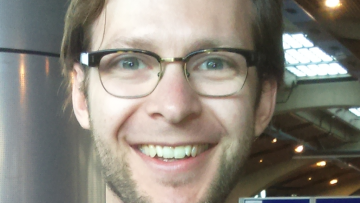Counting rational points and iterated polynomial equations
Abstract
In joint work with Gareths Boxall and Jones we prove a poly-logarithmic bound for the number of rational points on the graph of functions on the disc that exhibit a certain decay. I will present an application of this counting theorem to the arithmetic of dynamical systems. It concerns fields generated by the solutions of equations of the form $P^{\circ n}(z) = P^{\circ n}(y)$ for a polynomial $P$ of degree $D \geq 2$ where $y$ is a fixed algebraic number. The general goal is to show that the degree of such fields grows like a power of $D^n$.


